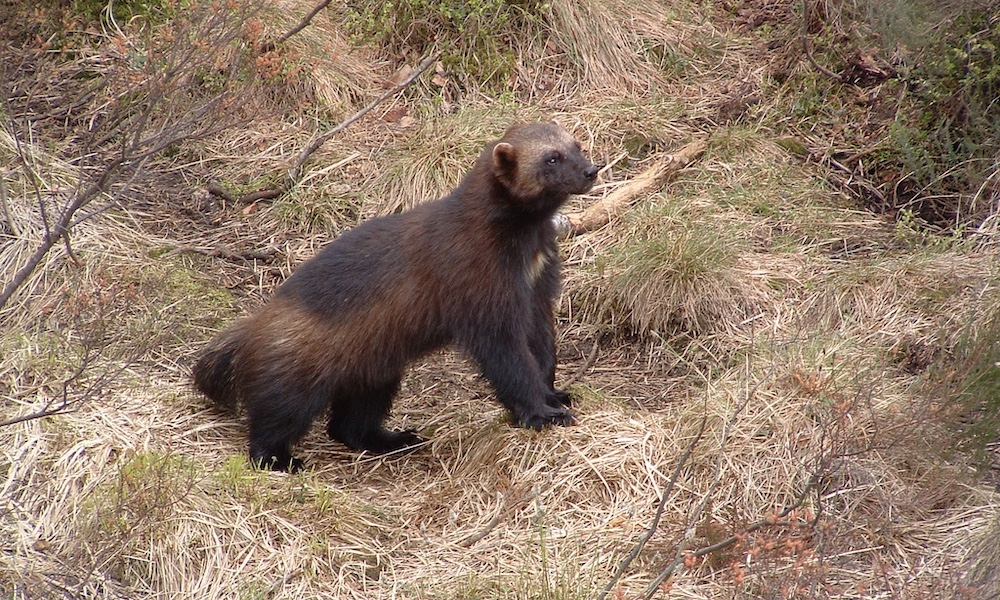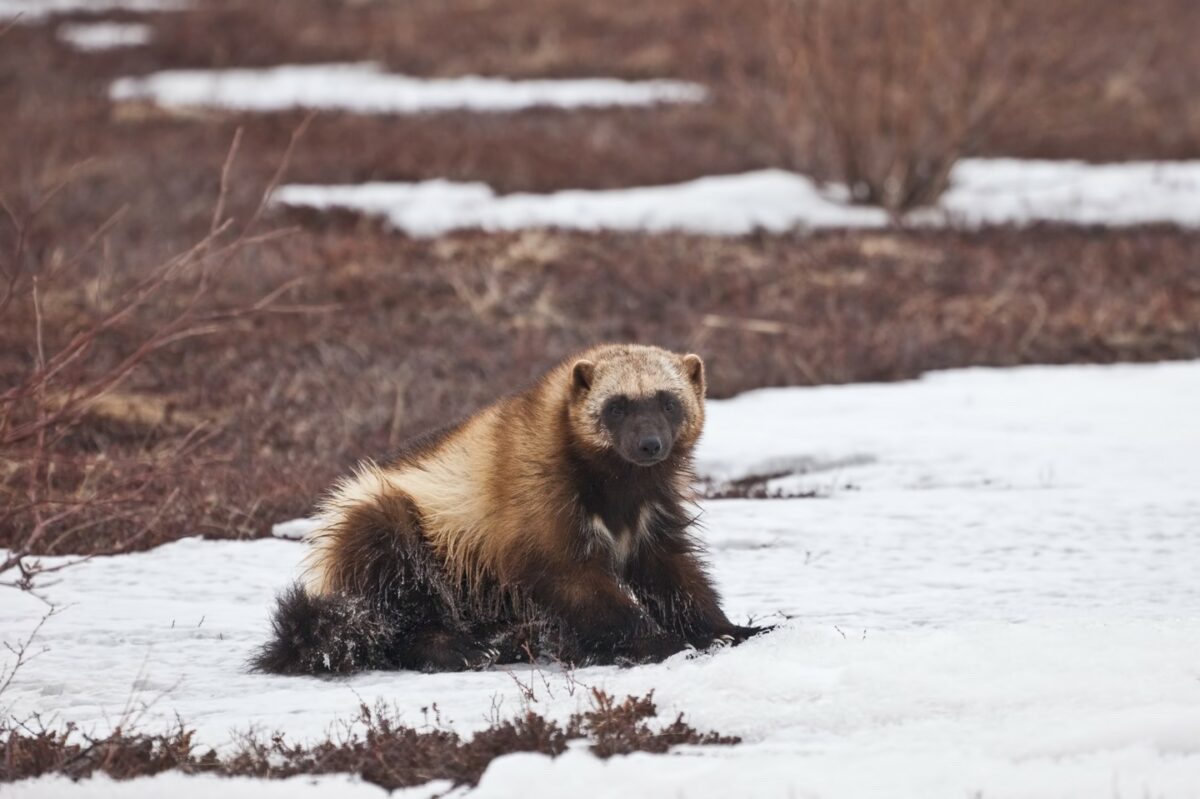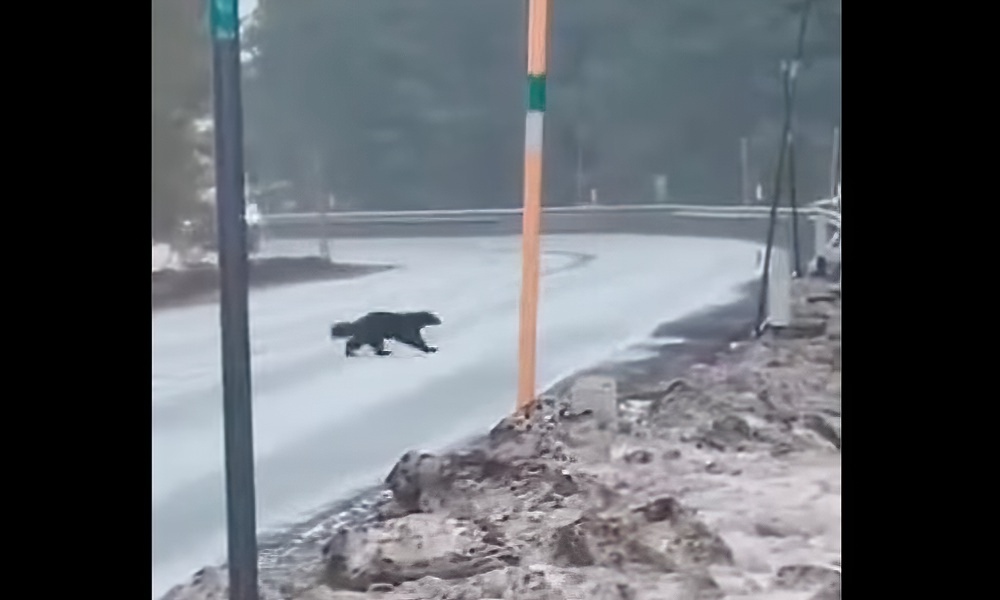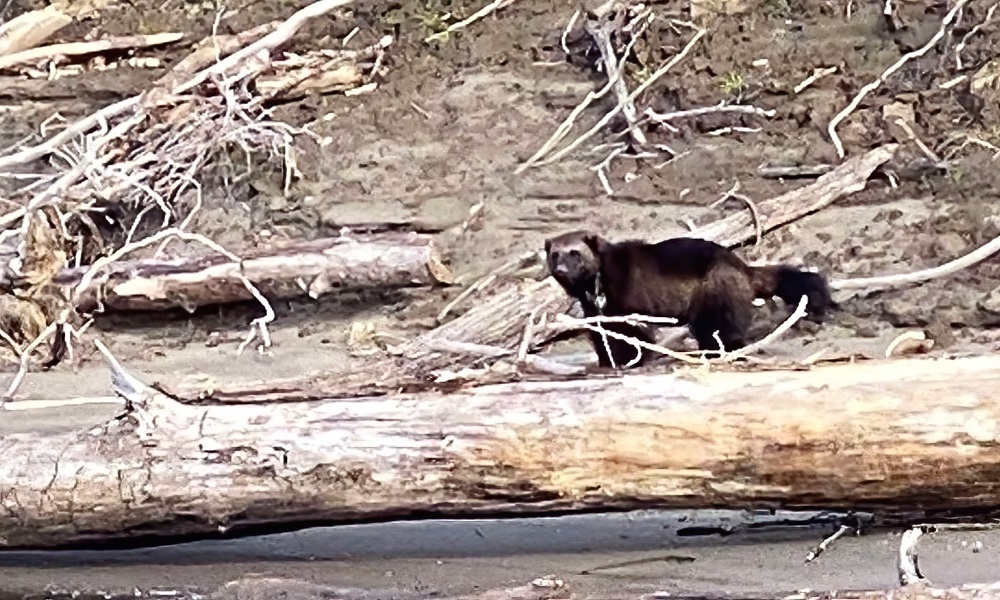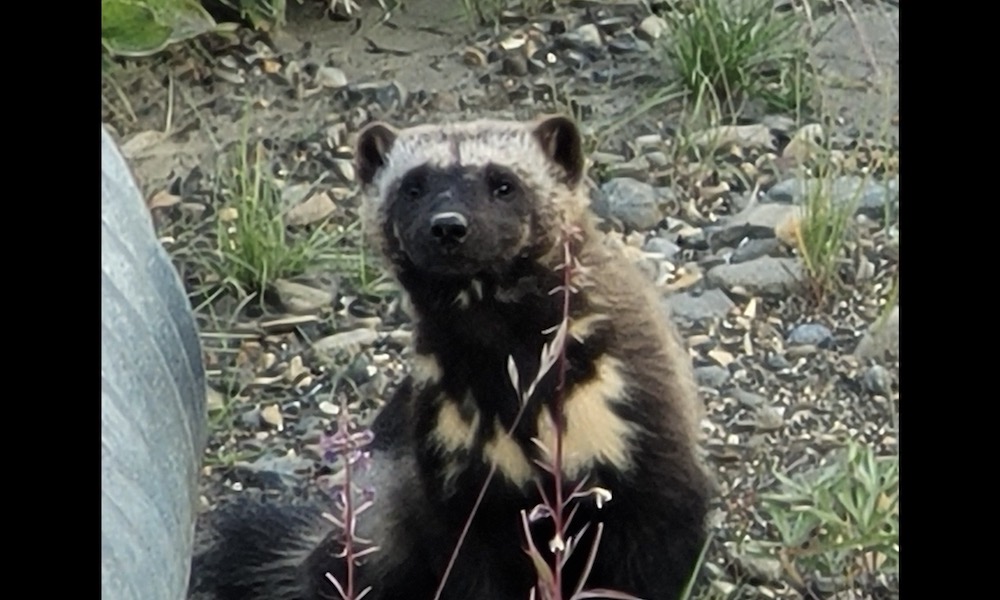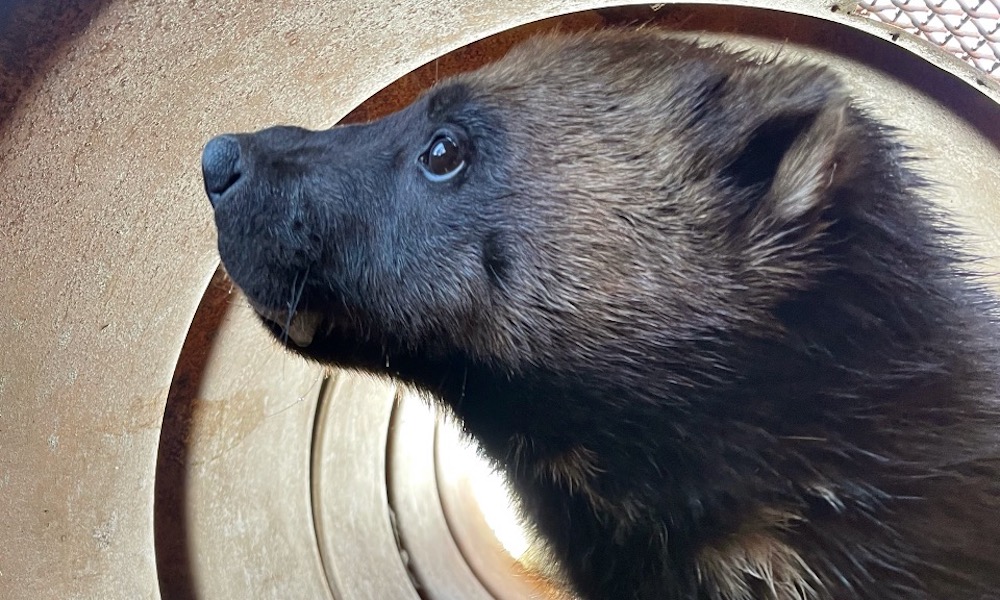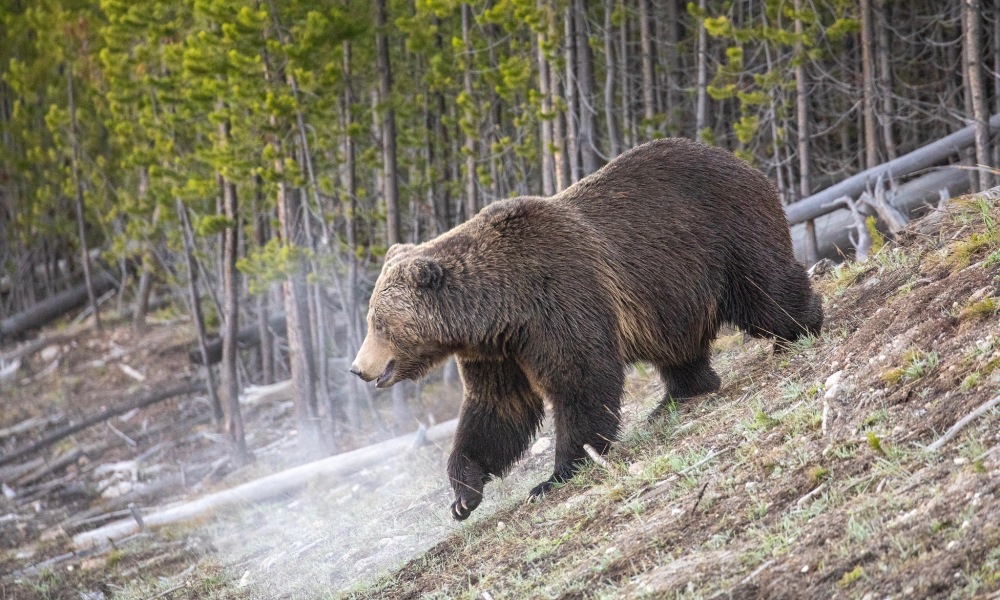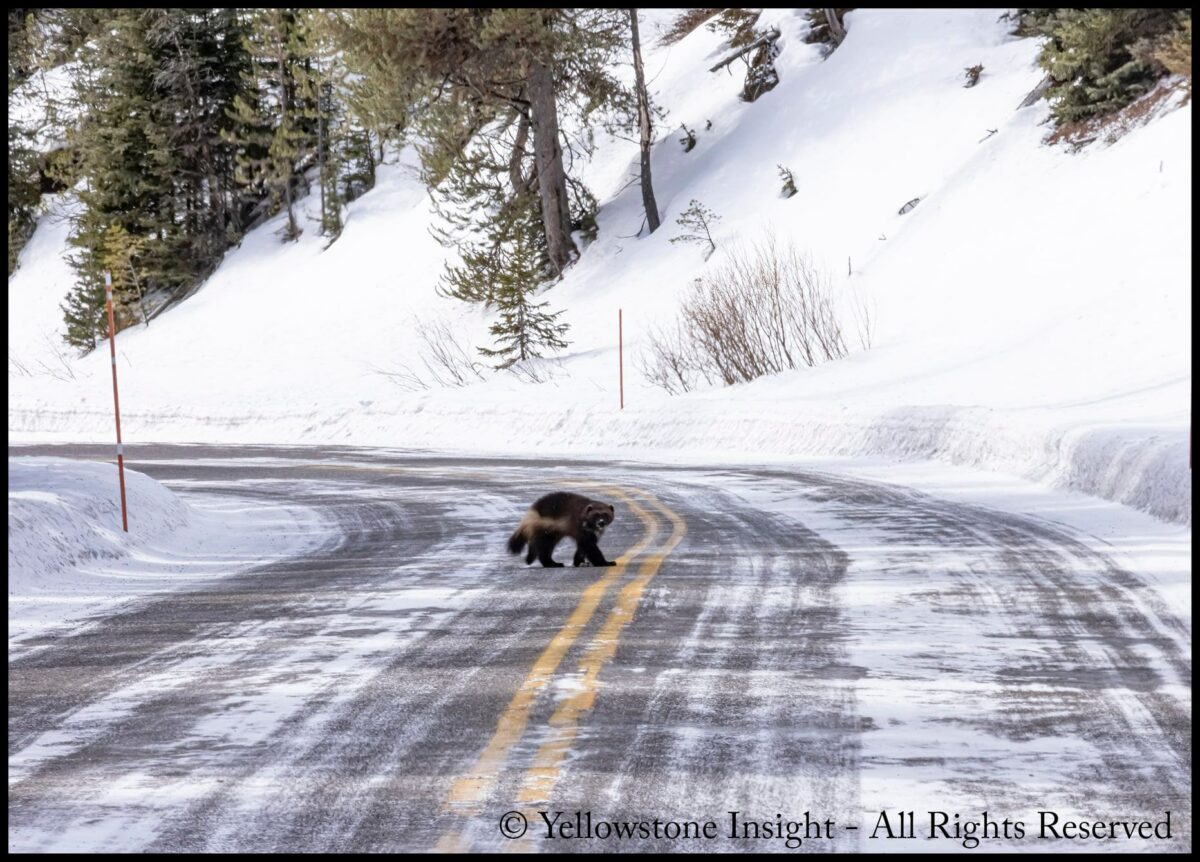Hours before Monday’s CFP National Championship game between the Washington Huskies and Michigan Wolverines, some trash talking focused on nicknames.
“Good morning from the only state playing football today that actually has wolverines,” the Washington State Department of Natural Resources ribbed on X.
Despite the University of Michigan’s nickname, the state does not have an established wolverine population. The last known sighting of a wild wolverine in Michigan occurred in 2004. (Origins of Michigan being labeled the Wolverine State date to the 1800s.)
Good morning from the only state playing football today that actually has wolverines.
— Washington State Dept. of Natural Resources (@waDNR) January 8, 2024
In Washington State, however, wolverines exist throughout the Cascades and in northeastern Washington, although sightings are rare. (Wolverines are listed as threatened under the Endangered Species Act.)
Aside from being elusive, wolverines are mighty critters known to prey on full-grown deer and chase bears and wolves from their territories.
They are the largest terrestrial members of the weasel family, growing to about 40 pounds. Their nicknames include Skunk Bear, Mountain Devil, and Evil Spirit.
The Washington State DNR’s lighthearted insult received the following response from the Michigan Department of Natural Resources:
“What’s more REMOTE, the places wolverines live in Washington State or the Huskies’ chances of winning the football game?”
